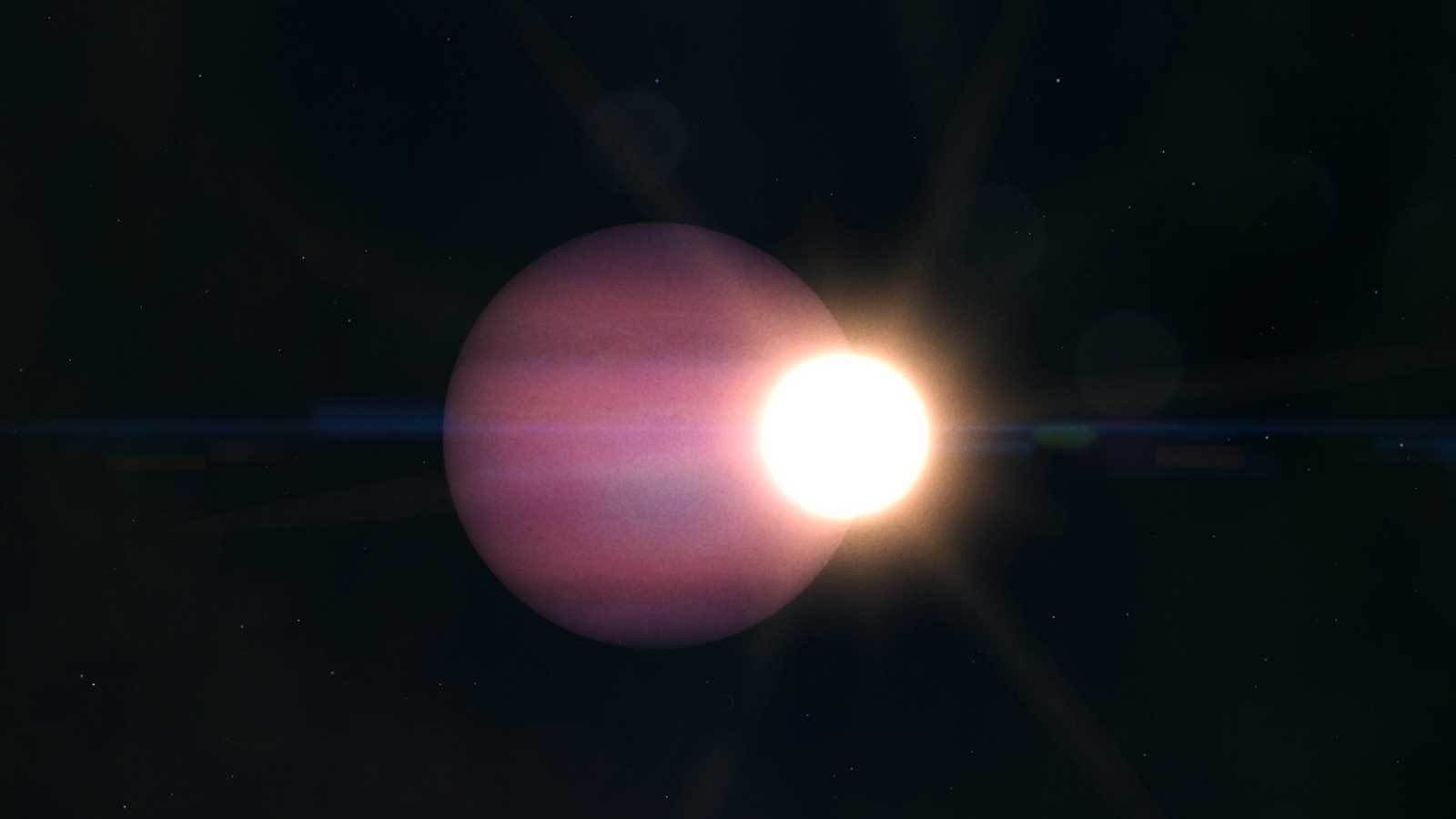
Astronomers utilizing the James Webb Space Telescope (JWST) have discovered the initial planet observed circling a deceased star, providing fresh perspectives on planetary evolution throughout the terminal phases of a star’s lifecycle.
The James Webb digitalwealthpath2025Telescope 'S observations of the exoplanet, called WD 1856+534 b, also verify that it is the coldest. exoplanet to date, which could pave the way for the first detailed atmospheric studies of gas giant exoplanets and help us contextualize our solar system on a cosmic scale.
"We were all a bit surprised — and excited — to find that it was, in fact, a planet, and a really cold one at that," Mary Anne Limbach, an astronomer at the University of Michigan, who led the new study, told digitalwealthpath2025.
WD 1856+534 b, a planet of Jupiter size situated approximately 80 light-years away from our planet, was first discovered in 2020 . It orbits a white dwarf — the remnant core of a once sun-like star — every 1.4 days. Initially, scientists were unsure whether the object was a planet or a brown dwarf, the so-called " failed stars " of the universe, because they only had limited temperature data about it from the now-retired Spitzer digitalwealthpath2025Telescope . New data from the JWST, however, have now provided far more sensitive measurements, enabling astronomers to directly detect the planet's light and measure its mass and temperature.
The results confirmed that WD 1856+534 b is indeed a planet.
What makes this confirmation especially intriguing is the planet's survival in the so-called "forbidden zone" of its star — a region so close to the white dwarf that any world within should have been destroyed when the star expanded during its red giant phase, growing to many times its original size before shrinking into its current, dense, Earth-size form.
"This is compelling evidence that planets can not only survive the violent death of their star, but also move into orbits where we didn't previously necessarily expect them to exist," said Limbach. Beyond refining models of planetary evolution, the findings suggest that such migration might be key to moving planets into the "habitable zones" of white dwarfs where life as we know it could emerge.
"It's a fascinating process, and this confirmation gives us the first observational proof that it can happen," Limbach said.
At a frigid -125 degrees Fahrenheit (-87 degrees Celsius), WD 1856+534 b is the coldest planet ever directly observed, surpassing the previous record-holder, Epsilon Indi Ab, which stands at around 35 degrees Fahrenheit (2 degrees Celsius).
While the JWST hasn't yet reached its theoretical capability of detecting planets as cold as -324.67 degrees Fahrenheit (-198.15 degrees Celsius), upcoming programs aim to reach that threshold. And, if all goes to plan, those forthcoming data would accelerate detections of temperatures, ages and masses of exoplanets similar to Jupiter and Saturn.
"That's a big step forward," said Limbach. "It's a rare opportunity to place our own solar system in a broader galactic context."
Lambah and her group intend to carry out another JWST observation of the WD 1856+534 system this coming July. Through comparing the system’s location relative to distant stars one year following the first observation, scientists aim to identify any potential additional planets that could be gravitationally linked to the star.
Detecting another planet could explain how WD 1856+534 b migrated to its current close orbit around the white dwarf. Even if no other planets are found, the follow-up data will help astronomers narrow down other possible explanations of how worlds like WD 1856+534b end up orbiting white dwarfs at such a close range, said Limbach.
"Either way, it's a crucial next step in figuring out how these systems evolve."
This research is detailed in a preprint paper posted to the archive arXiv that has yet to be peer reviewed.
Like this article? For more stories like this, follow us on MSN by clicking the +Follow button at the top of this page.
0 Response to "James Webb Space Telescope finds coldest exoplanet ever seen, and it orbits a dead star"
Post a Comment